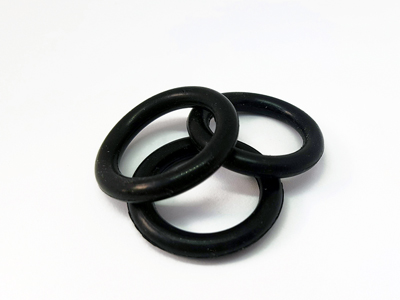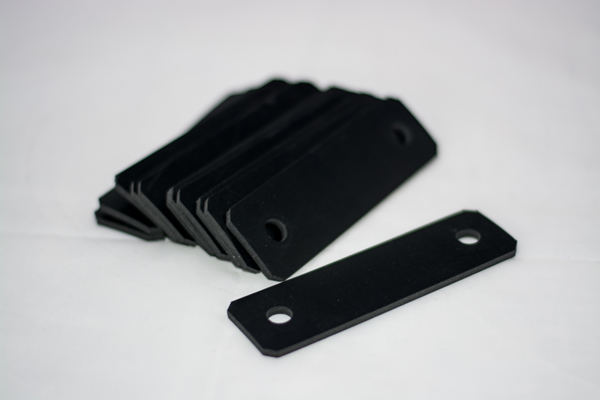Neoprene

As a type of synthetic rubber, neoprene, which is also known as polychloroprene, is produced by the process of polymerization of chloroprene.
It was first found by researchers at DuPont Company on April 17, 1930.
Being a highly chemically stable material, neoprene retains its flexibility in a wide range of temperatures. Solid or latex forms of neoprene are available in the market for different applications.
Features & Applications
Features
- Shows superior physical toughness
- Shows high resistance to hydrocarbon oils and heat
- Shows resistance to degrading effects of ozone, sun, and the weather conditions
- Offers a wider range of short-term and long-term operating temperatures compared to other general use hydrocarbon elastomers
- Shows higher flame retardancy /self-extinguishing feature compared to exclusively hydrocarbon-based elastomers
- Shows superior resistance to hazards resulting from flexing and twisting
- High Compoundability: The composition of the neoprene can be modified to obtain a polymer structure with improved physical, chemical, and mechanical properties.
Applications
- sensitive door seals
- orthopaedic braces (wrist, knee, etc.)
- electrical insulation
- liquid and sheet-applied elastomeric membranes or flashings
- automotive fan belts
- vibration mounts
- shock absorber seals
- protective clothing for aquatic activities
- waterproof automotive seat covers
- window gaskets
- cable jackets
Machining Options

Other Information
NEOPRENE PROPERTIES
- Common Name: Neoprene
- ASTM D-2000 Classification: BC, BE
- Military (MIL-STD 417): SC
- Chemical Definition: Polychloroprene
- Resistance
- Abrasion Resistance: Excellent
- Tear Resistance: Good
- Solvent Resistance: Fair
- Oil Resistance: Fair
- Aging Weather / Sunlight: Good
- Durometer (Hardness): Range 30-90 Shore A
- General Characteristics
- Tensile Range (P.S.I): 500-3000
- Elongation (Max %): 600
- Compression Set: Good
- Resilience /Rebound: Excellent
- Adhesion to Metals: Good to Excellent
- Temperature Range
- Low Temperature Usage: 10° to -50 F° | -12° to -46 C°
- High Temperature Usage: Up to 250 F° | Up to 121 C°









